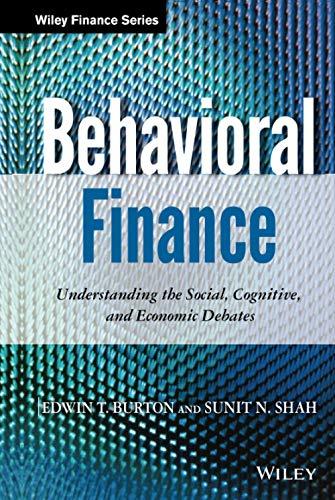Question
In US Supreme Court case O'Hagan v. United States (1997), O'Hagan was a lawyer working for Grand Met, a company that was secretly planning to
In US Supreme Court case O'Hagan v. United States (1997), O'Hagan was a lawyer working for Grand Met, a company that was secretly planning to make a tender offer for the stock of Pillsbury, the 'target' firm. O'Hagan bought call options on that stock before Grand Met offer went public. The misappropriation theory articulated by the Court's majority in this case is also called the theory of 'outsider' (rather than 'insider') trading. That is because 0'Hagan was not an insider of Pillsbury, the target. He was an outsider who did not owe a fiduciary duty to the shareholders of Pillsbury. The Court's majority held that he did, however, owe a fiduciary duty to Grand Met, the outside firm holding private material information releyant to the future value of Pillsbury stock.(T/F/U and Why?)
Step by Step Solution
There are 3 Steps involved in it
Step: 1

Get Instant Access to Expert-Tailored Solutions
See step-by-step solutions with expert insights and AI powered tools for academic success
Step: 2

Step: 3

Ace Your Homework with AI
Get the answers you need in no time with our AI-driven, step-by-step assistance
Get Started


